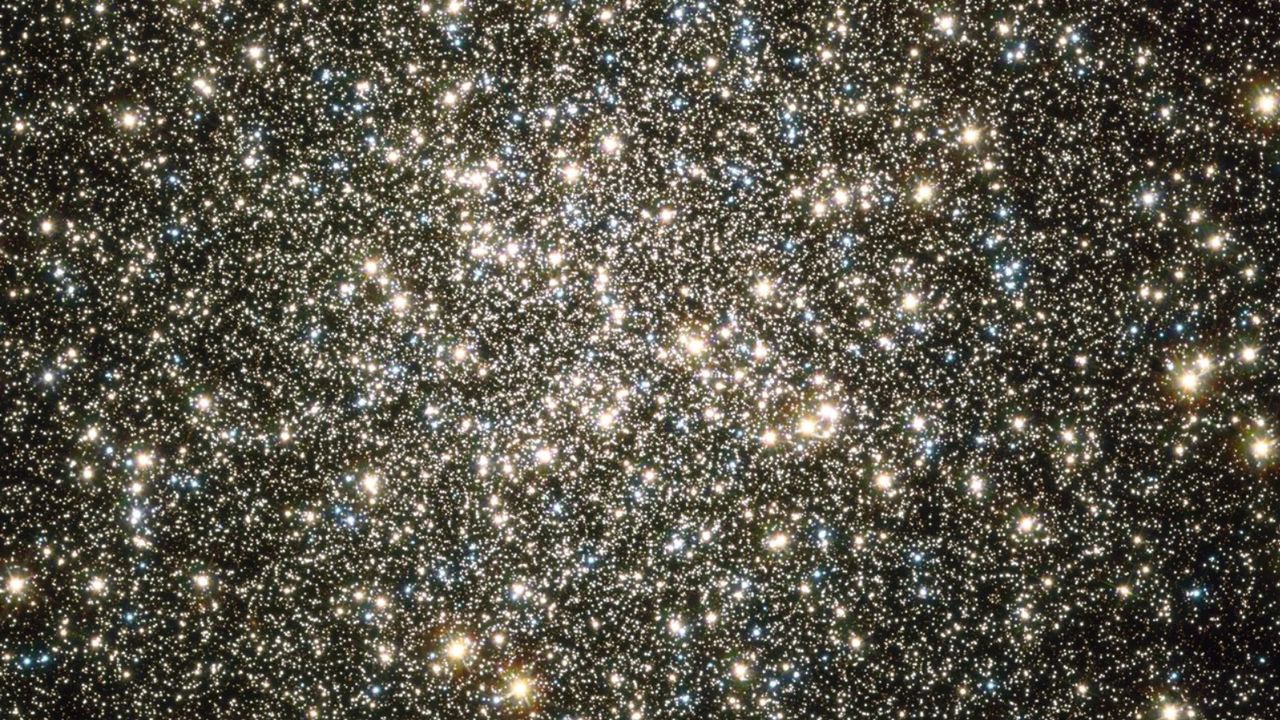Warm mid-August nights in 2025 will present an excellent opportunity for northern-hemisphere skywatchers to observe three remarkable star clusters. These celestial formations, known for their beauty and complexity, are gravitationally bound groups of stars that originated from the same interstellar cloud. They can be categorized into two types: open clusters and globular clusters, each offering unique viewing experiences.
Characteristics of Star Clusters
Open star clusters typically reside in the Milky Way’s spiral arms, where the gravitational influence of nearby stars can gradually disperse their outer members over millions of years. Conversely, globular clusters are more tightly bound and usually found in the galactic halo, which is situated above and below the main disk of the galaxy. These clusters often contain hundreds of thousands of stars and are home to some of the oldest stars in our galaxy. The Milky Way boasts approximately 150 globular clusters and over 1,000 open clusters, with some visible to the naked eye under optimal conditions.
To optimize your stargazing experience, allow your eyes about half an hour to adjust to the dark. Scanning the sky with averted vision, which involves looking just off-center, can enhance visibility of these clusters. Using 10×50 binoculars can further sharpen your view, while a telescope with an aperture of at least 6 inches will reveal the intricate beauty of these star cities.
Featured Star Clusters in August 2025
**The Great Hercules Cluster (M13)**, located around 25,000 light-years from Earth, shines brightly in the constellation Hercules. This globular cluster contains approximately 100,000 stars and is positioned near the prominent stars Vega and Arcturus. Observers can locate M13 by identifying the ‘Keystone’ asterism, a diamond-shaped formation of four stars at the heart of the constellation. A smartphone astronomy app can assist in pinpointing this stunning cluster.
**The Hyades** is another notable star cluster visible in August. Found in the constellation Taurus, this open cluster is one of the closest to Earth, lying about 150 light-years away. Its distinctive sideways ‘V’ shape resembles the face of the bull, with the red star Aldebaran marking the ‘right eye.’ Although Aldebaran appears to be part of the cluster, it is actually situated only 65 light-years from Earth.
Finally, the **Pleiades (M45)**, often referred to as the ‘Seven Sisters,’ is a prominent open cluster containing over a thousand stars, primarily blue-white in color. During mid-August, the Pleiades can be found approximately 10 degrees above the Hyades in the early morning sky, making it a spectacular sight for stargazers.
Those looking to enhance their stargazing experience should consider investing in quality binoculars or telescopes. The Celestron Nature DX 12×56 binoculars have received positive reviews for their excellent build quality and magnification capabilities, making them an ideal choice for observing these celestial wonders.
As August approaches, skywatchers are encouraged to take advantage of these remarkable star clusters, which not only provide a glimpse into the universe’s vastness but also serve as a reminder of the beauty and complexity surrounding us.
